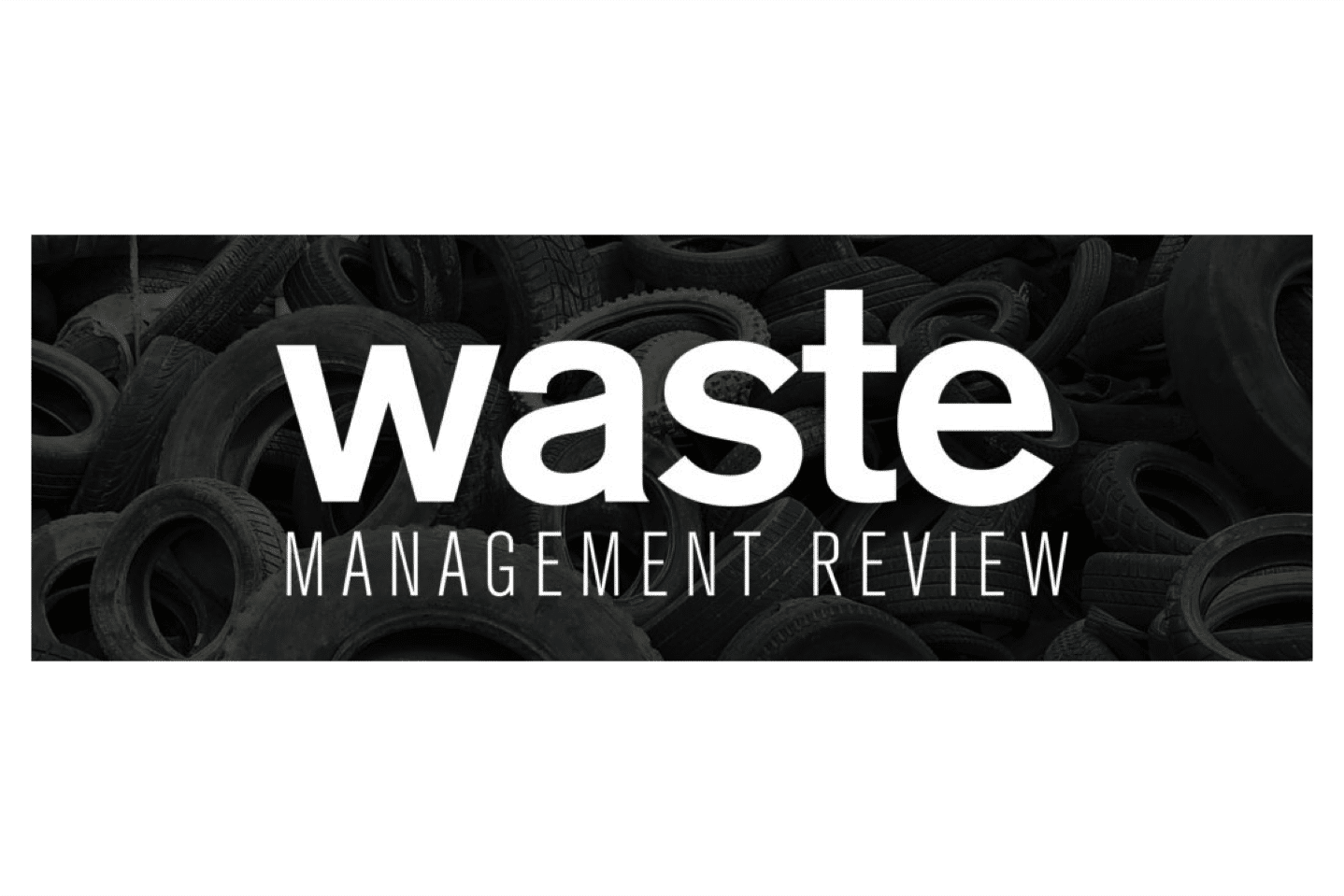Increased waste per capita and lithium battery fires in recycling facilities are driving up property insurance costs for the waste and recycling industry. Alan Brett, Head of Commercial Underwriting at Australasia Underwriting, says insurers in Australia and North America are facing challenges due to natural disaster and reinsurance costs.
“In the waste sector when you have losses, if you have fires, they are hugely significant. Some would say catastrophic, in insurance terminology,” Brett said. “And the problem is, globally they are increasing in frequency, which means that the market is reducing.”
Brett was one of several speakers at the 2024 Victorian Waste Management Association State Conference earlier this year, addressing regulations, insurance markets and battery fires.
VWMA Executive Officer Mark Smith said battery fires were an industry-wide issue, not just in Victoria, that needed to be addressed.
The conference included discussions on battery fire updates and guidance by Suzanne Toumbourou, Chief Executive Officer of the Australian Council of Recycling, who said the exponential growth of batteries in the market needs to be addressed before the waste and resource recovery sector faces a tsunami.
Libby Chaplin, Chief Executive Officer of national battery recycling scheme B-cycle, gave an update on a scheme review, while Mike Wilson, Head of Safety at BINGO Industries, provided an industry perspective on battery fires and outlined plans the company has to address them.
Outlining the challenges faced by insurance companies, Brett said that waste had grown by 20 per cent in the past 20 years in North America, Europe and Australasia. Global waste is expected to double by 2050.
While that gives the waste sector more investment it also means there’s more combustible components that end up in waste due to public negligence. That was exacerbated by China’s import ban in 2018, which resulted in large amounts of plastic being stockpiled in waste and recycling facilities which were a “significant cause of more fires”.
“And now, the problem has been turbocharged by an explosion of lithium batteries entering the stock feed.”
Brett said data from the US and Canada suggests there were more than 300 significant fires in 2022 at waste and recycling centres – more than in any other year – and the volume of significant fires in waste and recycling centres in the UK doubled in the past 10 years. The insurance sector anticipates that the same thing is happening in Australia.
“While the waste sector is managing the fire risk, the insurance sector is underwriting it.
“Waste recycling, not surprisingly, is highly volatile,” Brett said.
He said there’s been a trend for insurers to reduce their exposure to high-risk businesses such as waste management or exit the sector entirely. Australasia Underwriters is operating with global insurer Lloyd’s of London to underwrite property insurance in the sector. The company reduces its risk by spreading investments across multiple sectors and locations.
“We work with a number of risk surveys and fire engineers to survey every single one of the locations that we insure because we want to better understand the risk that’s been presented to us,” Brett said.
Marissa Katsis, Manager Preventative Projects at Environment Protection Authority Victoria, continued the theme with tips on controlling fire risk. And Caitlin Ible, Special Counsel at Minter Ellison addressed key safety issue for the waste and recycling sector.
The second day of the conference included a special presentation of the Victorian Recycling Infrastructure Plan (VRIP) by Peter Laslett, Director of Sector Strengthening at Recycling Victoria.
The VRIP, due to be released in 2024, will provide long-term strategic infrastructure planning to guide and inform decision making in relation to waste, recycling and resource recovery infrastructure over the next 30 years.
It replaces Victoria’s seven regional waste and resource recovery implementation plans and the Statewide Waste and Resource Recovery Infrastructure Plan.
Smith said the conference was important for the industry to come together and discuss the challenges. The 2024 conference covered a lot of territory from infrastructure planning and industrial relations through to what the waste and recycling industry will look like in terms of its environmental social and governance contributions.
Lisa Korycki








